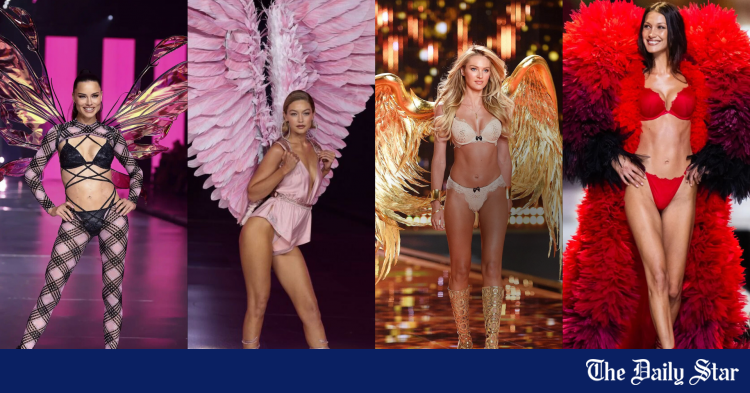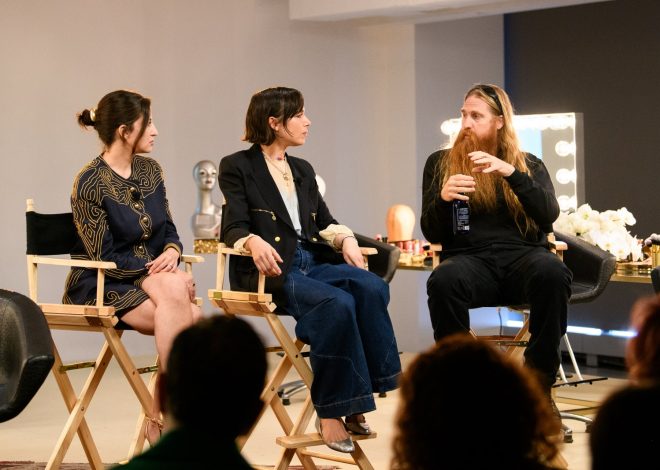
Victoria’s Secret returns with diversity, but are we buying it?
After a six-year sabbatical, the Victoria’s Secret Fashion Show is back, and the internet is divided.
As the Brooklyn stage lit up with the VS logo last Tuesday, the event screamed a clear message — the future is woman! A significant change from its past shows, the production featured an all-women musical line-up, and the choice of models was diverse — if anything. From plus-sized to transgender, olive-toned to older models, the show was an extravaganza of glamour and inclusivity.
So, why was Victoria’s Secret, a brand that raked in billions in its first few years of business forced to change its usual format? Well, in the first few years of the show, the brand had more and more stars clamouring to perform on the stage with the winged “angels.” There was notable predictability when it came to models: they were all-white, wore scant clothing, and had hallmark, reed-thin bodies.
The brand started to fall out of favour somewhere in 2010, as definitions of fashion changed and the show remained largely tone-deaf to it all, reeking instead, of sexism, ageism and unhealthy standards of beauty. With newer, and more inclusive competitors shoving their way in, VS was elbowed out of the scene unceremoniously, and the show was cancelled in 2019.
In a messy attempt to revive the VS runway last year, the company substituted their “angels” for the more serious “ambassadors” featuring soccer player Megan Rapinoe, and actor Priyanka Chopra Jonas. Sadly, the verdict was still not too favourable.
This year, however, there was a marked difference in what went on, on the runway. While it is still too soon to tell, early expert indications suggest that the brand may have finally gotten the memo on what works for modern fashion.
As the ramp ushered in a ‘multi-racial, -size and -generational cast’ such as Ashley Graham, Tyra Banks, Lisa, Gigi Hadid, and the legendary Cher, alongside its holy grail models like Adriana Lima, it celebrated women’s diverse body types as it has never done before. Another act worthy of mention is that most of the featured models were mothers, highlighting the inclusivity of different life stages and experiences.
Anyone with any business sense would understand that the show this year is an attempt to overhaul the brand’s hyper-sexualised image to win back customers it had alienated due to its myopic outlook on fashion all these years. Some fans have gone as far as to call the brand inauthentic. However, as the clothes on the models finally prioritised comfort over all else, most customers found it progressive and encouraging, as if the brand had finally found a way to age gracefully with its customers.
While there are few who also thought VS was being boring because real angels with the perfect figures were not being shown on the runway, creators maintain that “they were able to create a world where women could feel comfortable with the brand rather than put off by it.”


